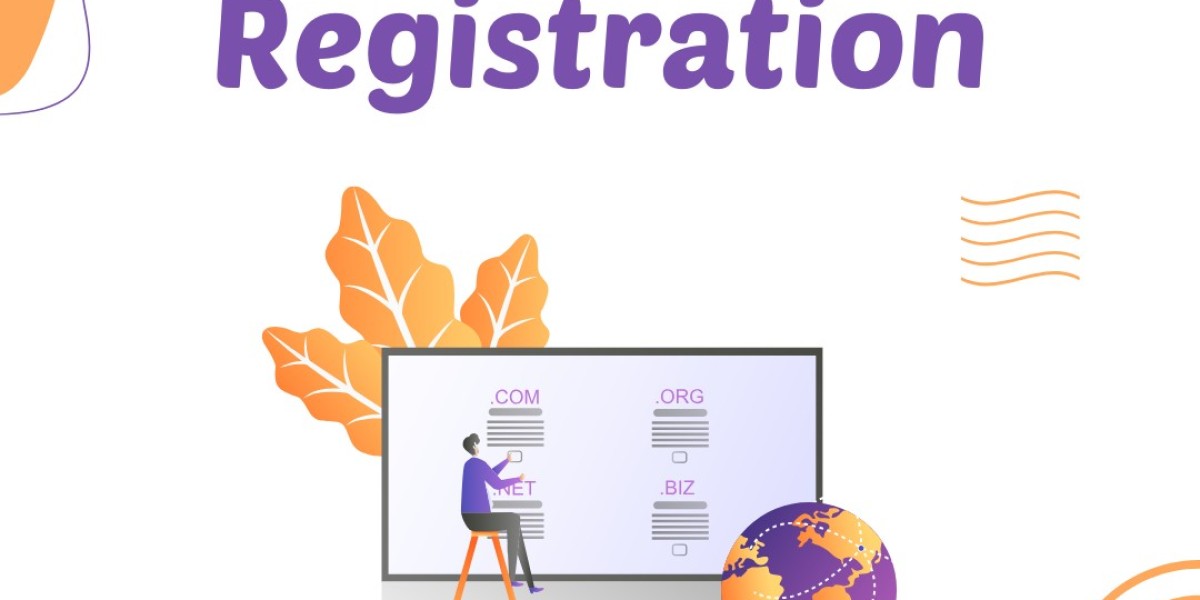Having a professional email address that matches your domain name (like you@yourdomain.com) adds credibility to your brand and builds trust with your audience. Setting up domain email hosting might sound technical, but with the right steps, it’s simple and rewarding. In this guide, we’ll walk you through everything you need to know to get started.
What is Domain Email Hosting?
Domain name server email hosting allows you to create custom email addresses using your domain name. Unlike free email services like Gmail or Yahoo, domain email gives your business a more professional and branded communication channel.
Step-by-Step Guide to Set Up Domain Email Hosting
1. Choose an Email Hosting Provider
First, pick a reliable email hosting service. Some popular options include:
Hostcraft (if you’re already hosting your website with them)
Google Workspace (Gmail for Business)
Microsoft 365 Outlook
Zoho Mail
Look for features like spam protection, storage space, uptime guarantee, and customer support.
2. Register or Connect Your Domain
If you don’t already have a domain, register one through a provider like Hostcraft. If you already own a domain, you’ll need to connect it to your email hosting provider by updating your DNS settings.
3. Update DNS Records
After signing up with an email host, you'll receive DNS records such as MX, TXT, and CNAME records. These tell the internet where to deliver your email. You’ll need to:
Log in to your domain registrar or DNS management dashboard (e.g., Hostcraft)
Go to the DNS settings for your domain
Add or edit MX records as per your email host’s instructions
Add SPF, DKIM, and DMARC records for email authentication and security
Note: DNS changes may take a few hours to propagate.
4. Create Email Accounts
Once DNS is set, log into your email hosting account and create email addresses like:
Most providers let you create multiple accounts, aliases, and forwarders.
5. Access Your Email
You can now access your email through:
Webmail (browser-based email)
Desktop clients like Outlook or Thunderbird
Mobile apps (via IMAP/SMTP settings)
Use the credentials provided by your email host to set up access across devices.
6. Enable Security Features
Protect your emails and domain free registration from spoofing and phishing by enabling:
Two-Factor Authentication (2FA)
Strong passwords
SPF, DKIM, and DMARC email authentication protocols
These enhance the security and deliverability of your emails.
Benefits of Using Domain Email Hosting
Professional Appearance: Builds trust with clients and partners.
Brand Identity: Reinforces your brand every time you send an email.
More Control: Full access to storage, settings, and security.
Better Deliverability: Avoid spam folders with verified domain settings.
Final Thoughts
Setting up domain email hosting is a smart move for anyone serious about their online presence. Whether you’re running a business, a blog, or a portfolio site, a custom email address helps you stand out and stay professional.



